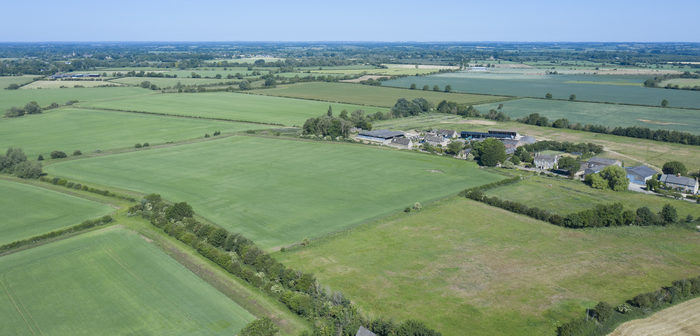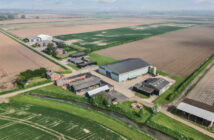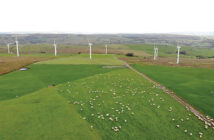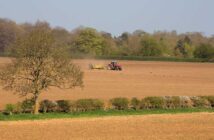New measures have been confirmed today regarding how environmental land management schemes work alongside food production.
They involve limiting the amount of land that farmers can take out of productive actions under the Sustainable Farming Incentive (SFI).
Under the changes, SFI applicants will only be able to put 25% of their land into six actions that remove land out of direct food production. These actions are:
- IPM2: Flower-rich grass margins
- AHL1: Pollen and nectar flower mix
- AHL2: Winter bird food on arable and horticultural land
- AHL3: Grassy field corners and blocks
- IGL1: Improved grassland field corners or blocks out of management
- IGL2: Winter bird food on improved grassland.
The rest of the actions will remain uncapped.
See also: Partnership formed to drive regenerative practices in agriculture
The new measures are in place to ensure the actions are used in the ways they were intended – to be implemented on smaller areas of the farms.
While there is only limited evidence of farmers entering large land amounts of their land into actions that lower food production, approximately 1% of farmers that applied to SFI in 2023 asked to put 80% or more of their farm into the six non-productive actions.
Defra say the changes also come from a consensus in feedback from the farming community that revealed a need for some targeted restrictions.
Their aim with the changes are to ensure the scheme continues to support farmers to produce food sustainably alongside improving the environment.
Farming minister Mark Spencer said: “Food production is the primary purpose of farming and today we are taking action to clarify this principle.
“The six actions we are capping were always intended to be implemented on smaller areas of land, and these changes will help to maintain this intention and continue our commitment to maintain domestic food production.”
Other measures the government is taking to protect food security include an annual UK-wide Food Security Index to present data that monitor levels of food security.
Information on the timings of the cap will be released in the next few weeks.




